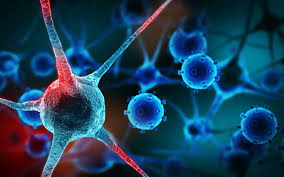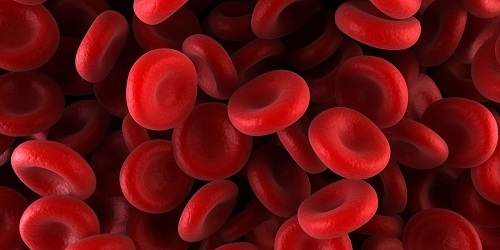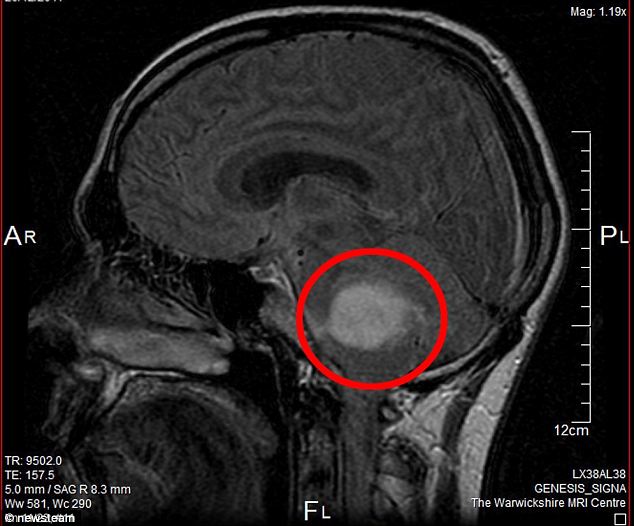
New computer models developed by mathematicians at Brown University in the US have successfully provided new details about what happens inside red blood cells affected by sickle cell disease, giving hope to millions of people suffering from the genetic blood disorder by facilitating researchers develop fresh drug strategies to combat it.
Sickle cell disease mutates haemoglobin, forcing red blood cells out of shape by depriving them of oxygen. The stiff, ill-shaped cells can become lodged in small capillaries throughout the body, leading to painful episodes known as sickle cell crisis.

“There had been separate models for each of these things individually developed by us, but this brings those together into one comprehensive model,” said study lead author Lu Lu, a research student at Brown.
The new model uses detailed biomechanical data on how sickle haemoglobin molecules behave and bind with each other to simulate the assembly of a polymer fiber.
Earlier, one of the major problem for researchers was the amount of data that is generated by the computer models as the fiber grows. Therefore, modeling an entire polymer fiber at cellular scale using the details of each molecule was simply too computationally expensive.

“Even the world’s fastest supercomputers wouldn’t be able to handle it,” said senior author of the study George Karniadakis. “There’s just too much happening and no way to capture it all computationally. That’s what we were able to overcome with this work.”
The study was published recently in the reputed Biophysical Journal.
Be a part of Elets Collaborative Initiatives. Join Us for Upcoming Events and explore business opportunities. Like us on Facebook , connect with us on LinkedIn and follow us on Twitter , Instagram.












